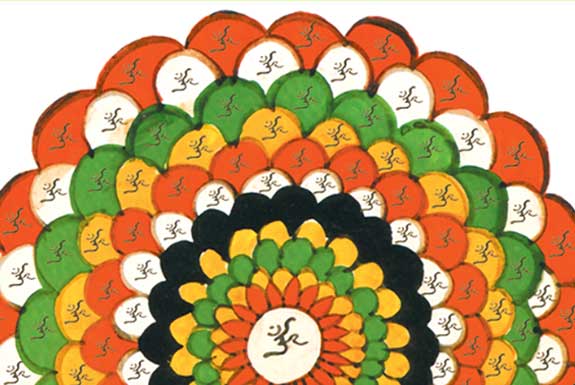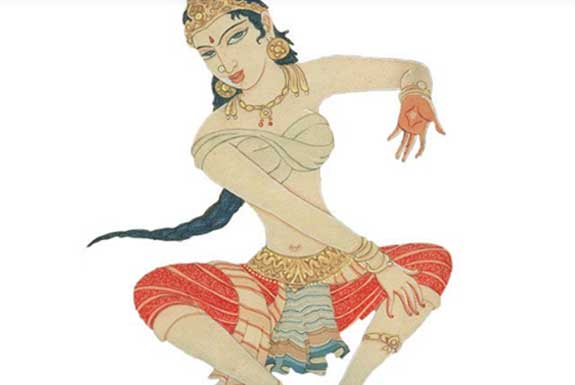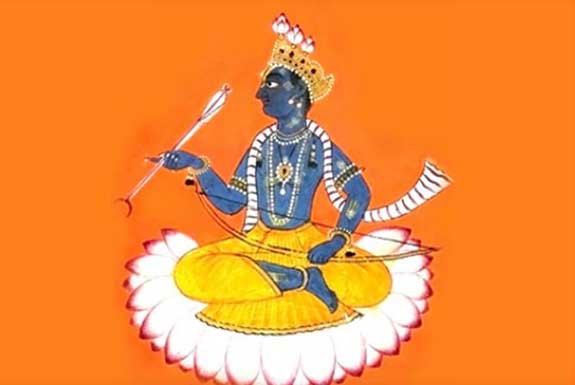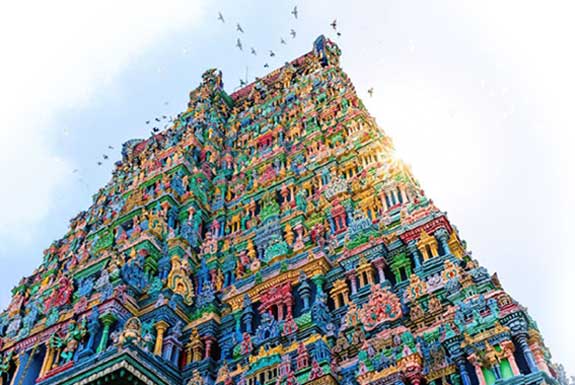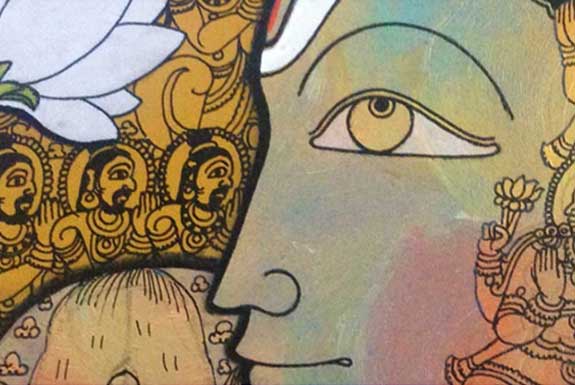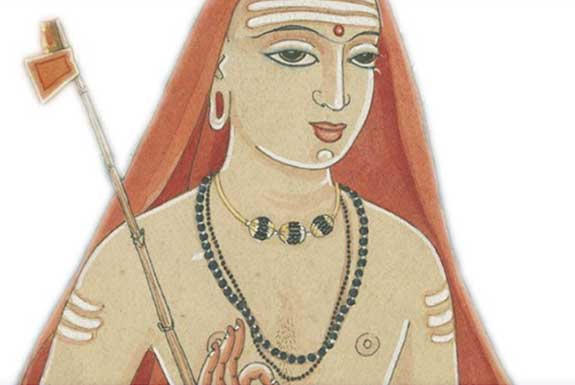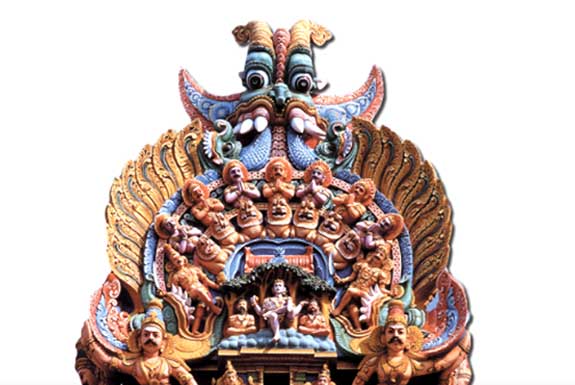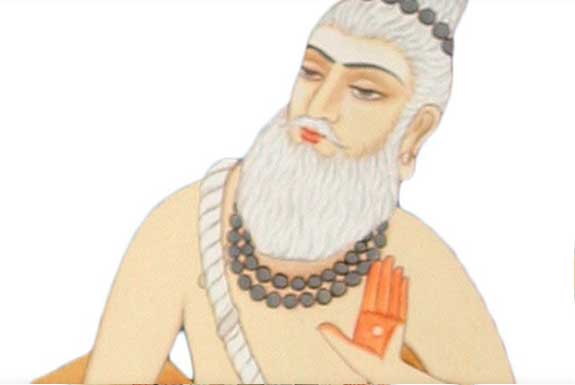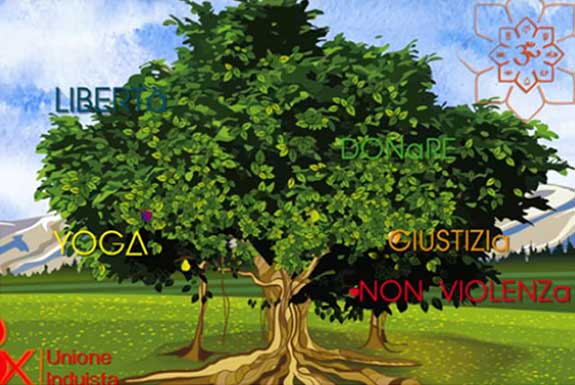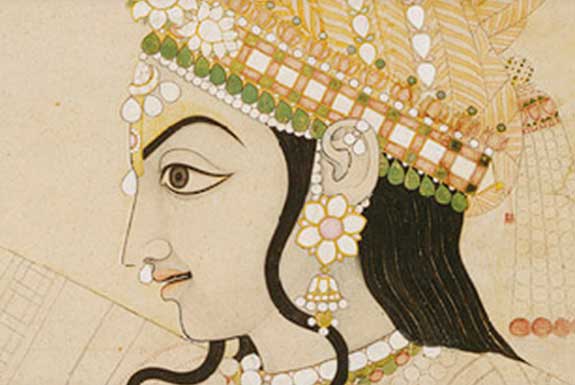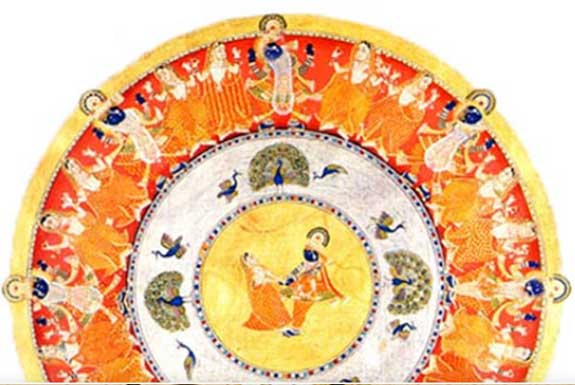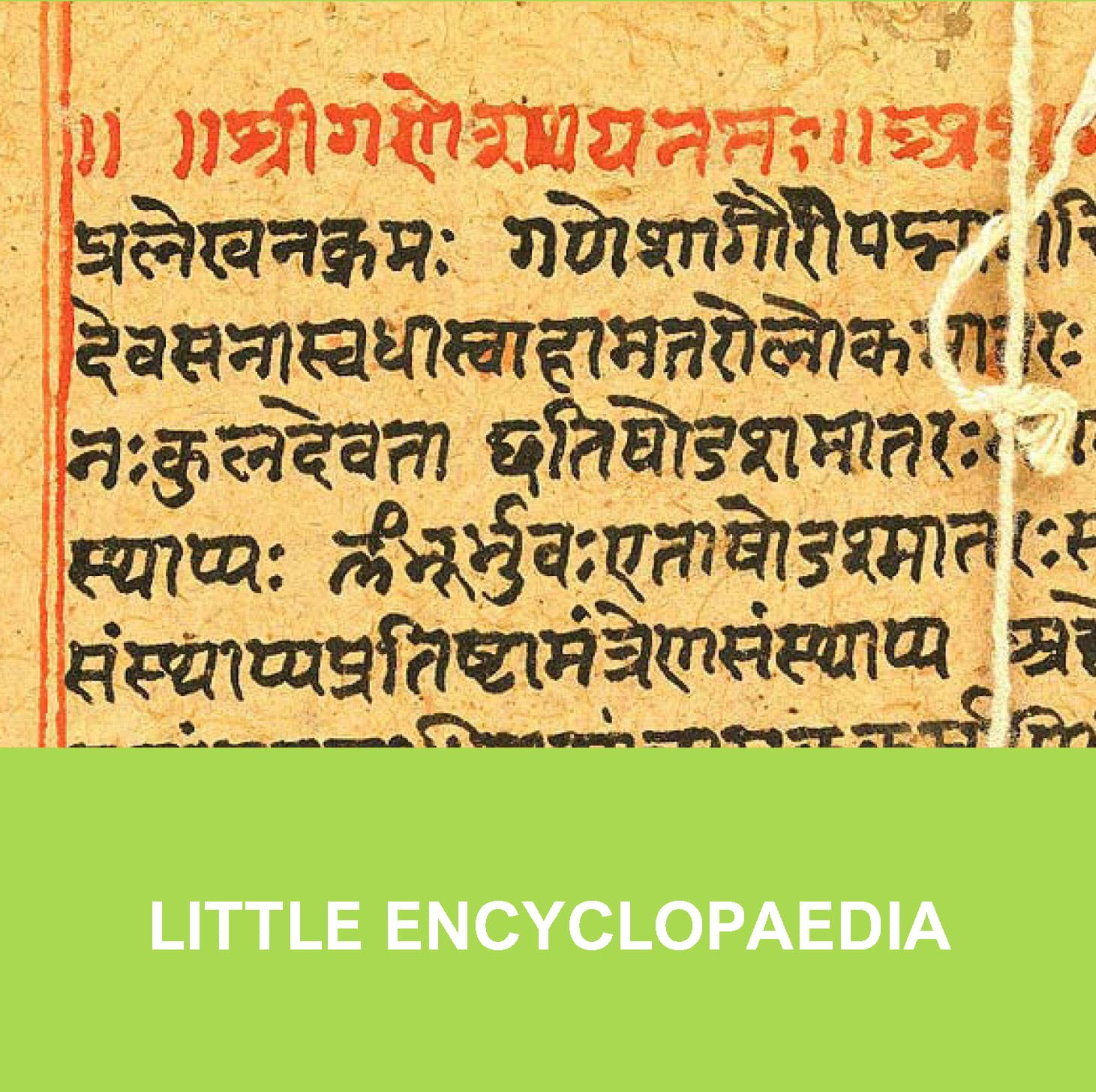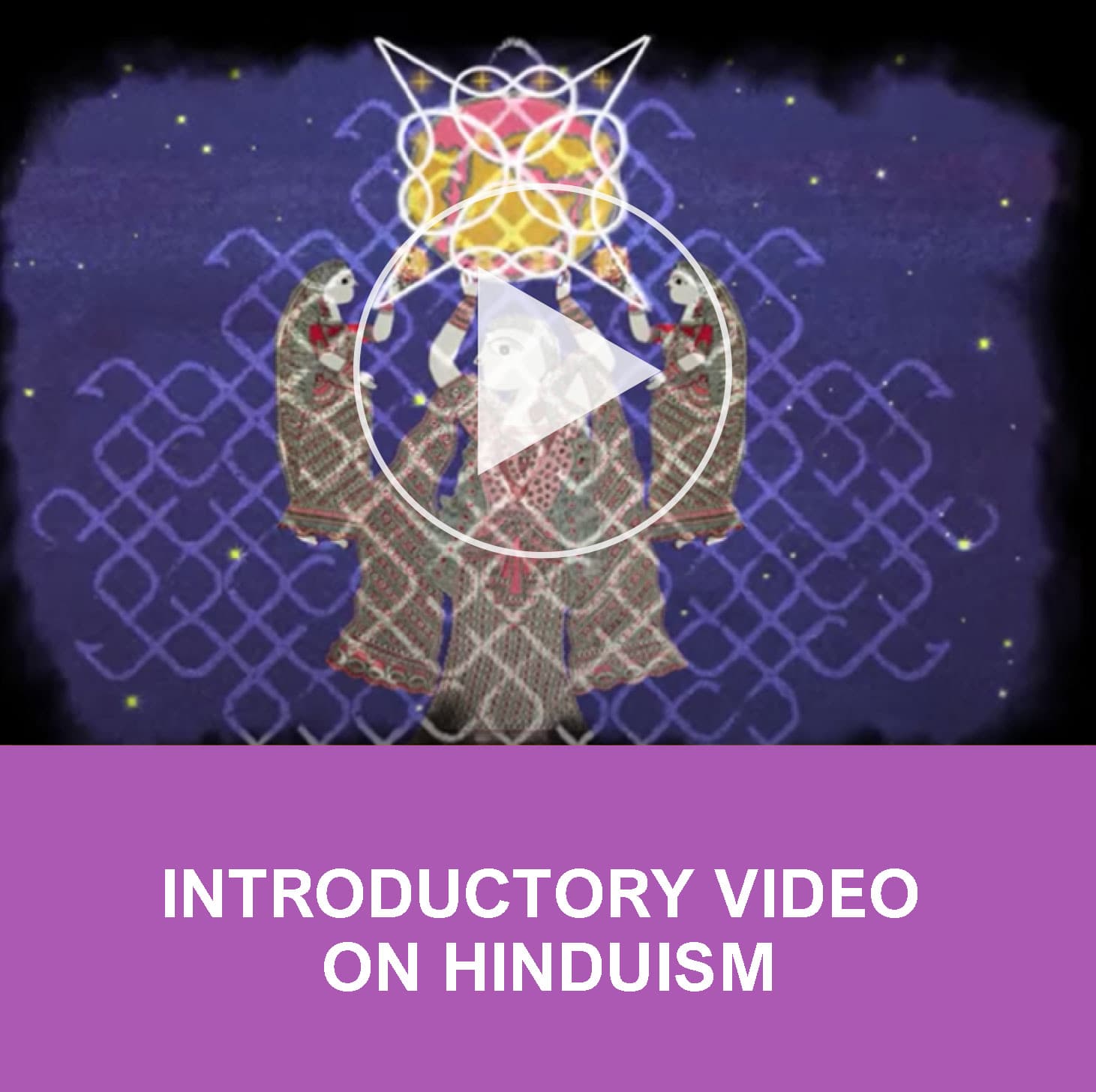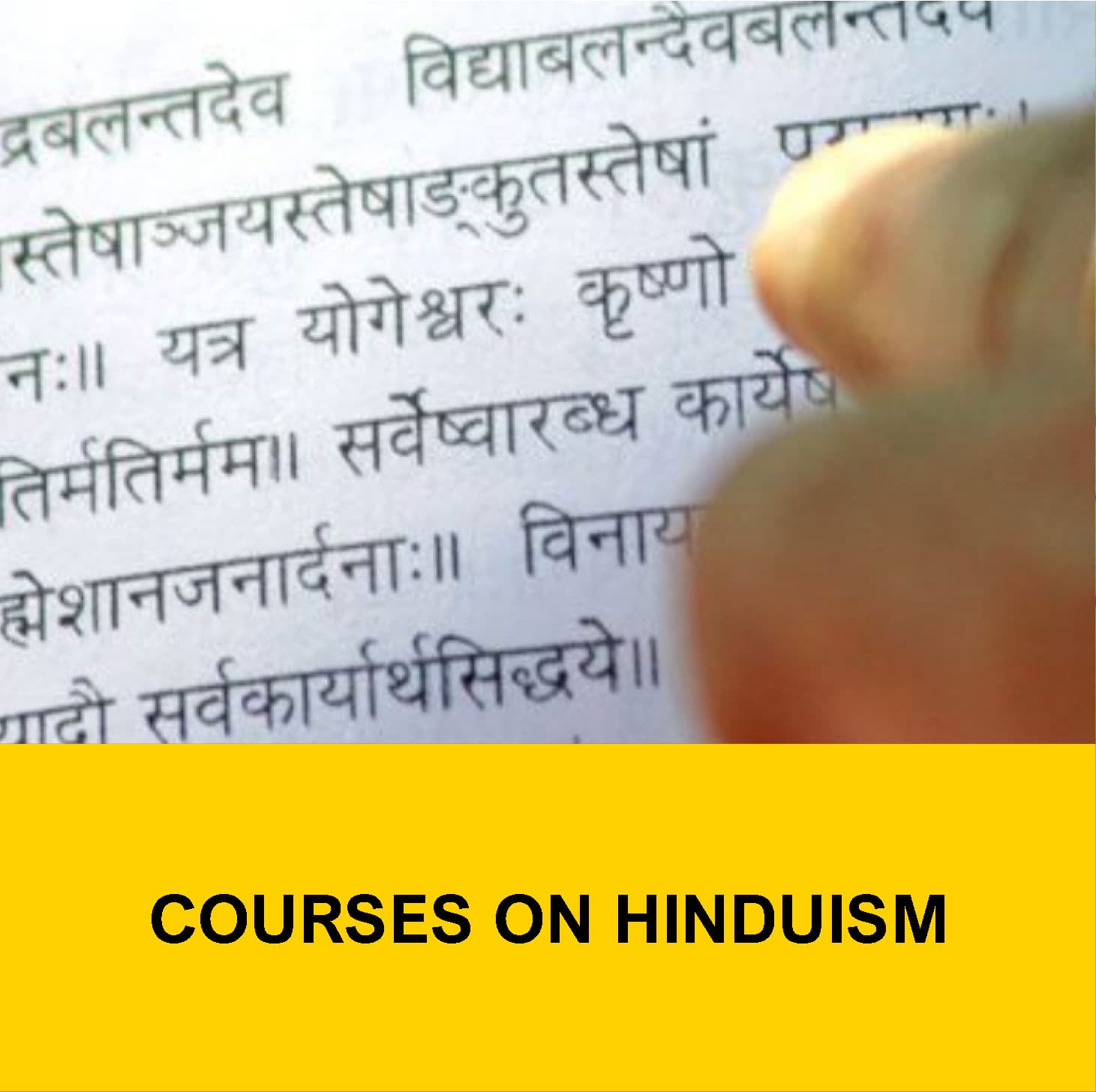LITTLE ENCYCLOPAEDIA
SAGES, GURUS AND SAINTS
In time, Hinduism, clearly outlined in the Vedas, the Upanishads and other Scriptures including the famous Bhagavad-gita, has survived strong religious, cultural and political pressures that have characterized the history of India and its people. In this ability to regenerate and reinterpret itself, molding itself to different conditions, sages, saints and Gurus of high spiritual stature have played a central role. Coming from all walks of life – from the priest, to the king, to the low-class person, from the scholar to the illiterate – these men and women have in common the eager search and realization of God.
Hinduism has always emphasized respect for all living beings, and even more for realized souls. The Master, Guru, the monk, samnyasin, the ascetic, the yogi enjoys, at least in traditional society, great veneration as “beacon” that illuminates the world with divine Knowledge and indicates the path of emancipation from the suffering generated by ignorance.
The concept of Guru
The Guru has a very high position, just as the relationship between Master and disciple, Guru-shisha, is the heart of every Hindu’s life. This relationship is established through initiation and is indispensable for the disciple to tread the spiritual path.
The term “guru” also means “heavy” indicating the decisive weight the Guru has in the life of the disciple. This is also expressed by the very meaning of the term “guru”, “one who dispels darkness and brings the Light of Knowledge” (from the roots “gu”, darkness, and “ru” “light”).
As parents give biological life to their children, so the Guru leads the disciple to a spiritual birth. The latter must be qualified and have specific characteristics that are accurately described in the Scriptures.
The Guru is the living expression of God, not as a physical person but as a Principle of Knowledge.
Once this aspect is understood, any personality cult, we may witness today, can only turn out to be a deviation from the original conception.
Unfortunately, in the present era of kali-yuga, the world has plenty charlatans and false gurus who steal these titles for selfish reasons: power or money.
A true Guru is one who has realized God, mukti and has no other purpose than the emancipation of his disciples. A true Guru does not need disciples, nor does he have personal aims of any kind. The Mundaka-upanishad says that the Guru must be stotriya, he must know the Scriptures and the Brahmanastha, he abides permanently in the Absolute, Brahman.
A spiritual Guru always belongs to an authentic lineage of Gurus, paramparaya, from which he draws a direct transmission of knowledge, and to which he brings his own experience and realization.
Since he belongs to a tradition, sampradaya, he is the intermediary of a heritage of knowledge handed down over time through an initiatory teaching.
Some figures of sages, saints and Gurus
The list of sages and saints of India is extensive. Here only a few are mentioned. Starting with the seven rishis, (the list varies according to the texts) Kashyapa, Atri, Vashista, Vishvamitra, Gautama Maharishi, Jamadagni and Bharadvaja. Figures of women rishi mentioned in the Vedas: Ghoshsha, Godha, Vishwawra, Apala; Gargi and Maitreyi, in the Upanishads.
Tiruvalluvar
Adi Shankara
Ramanuja
Madhva
The multiple philosophical and theological visions of Reality are associated with these figures.



